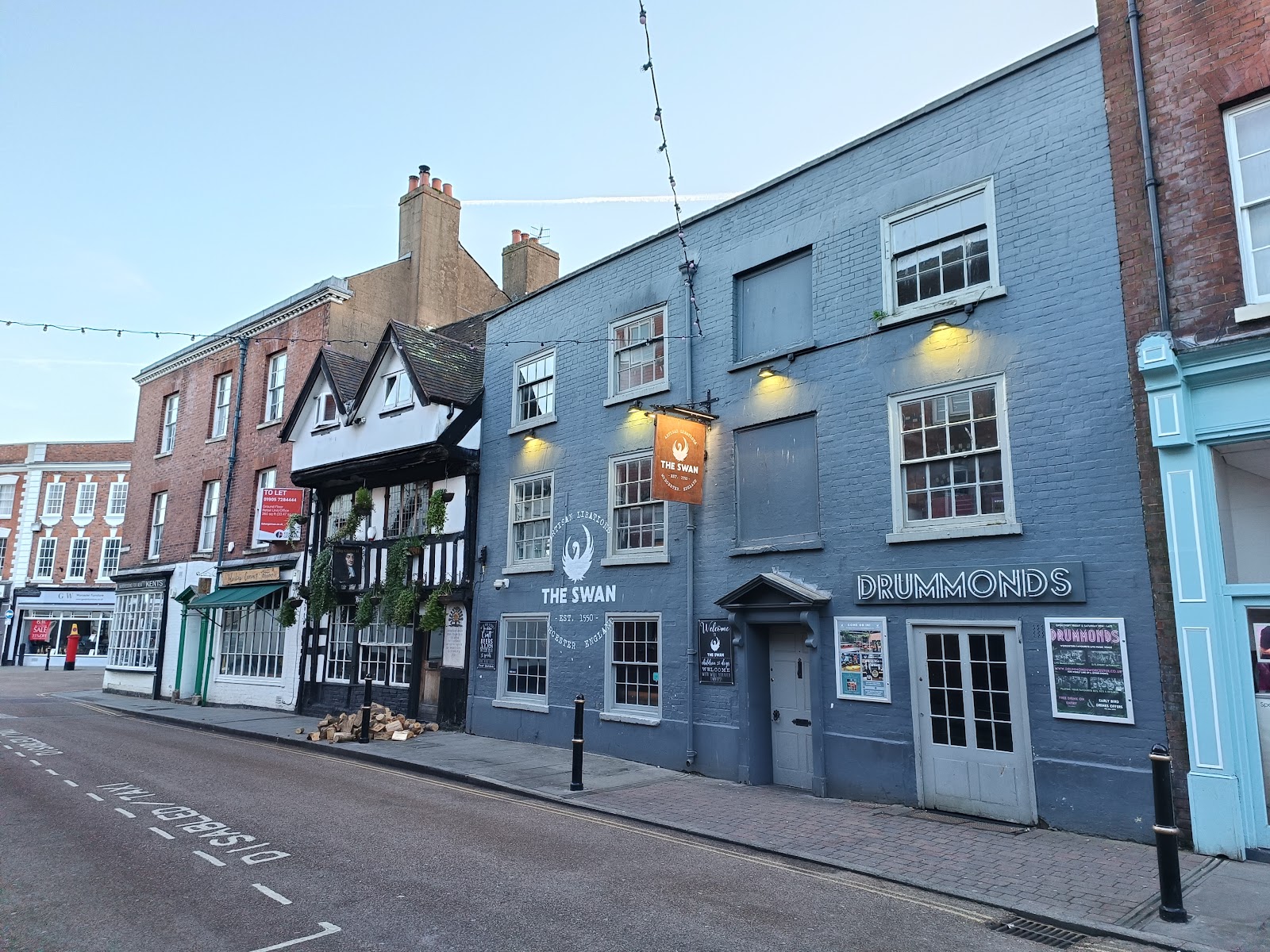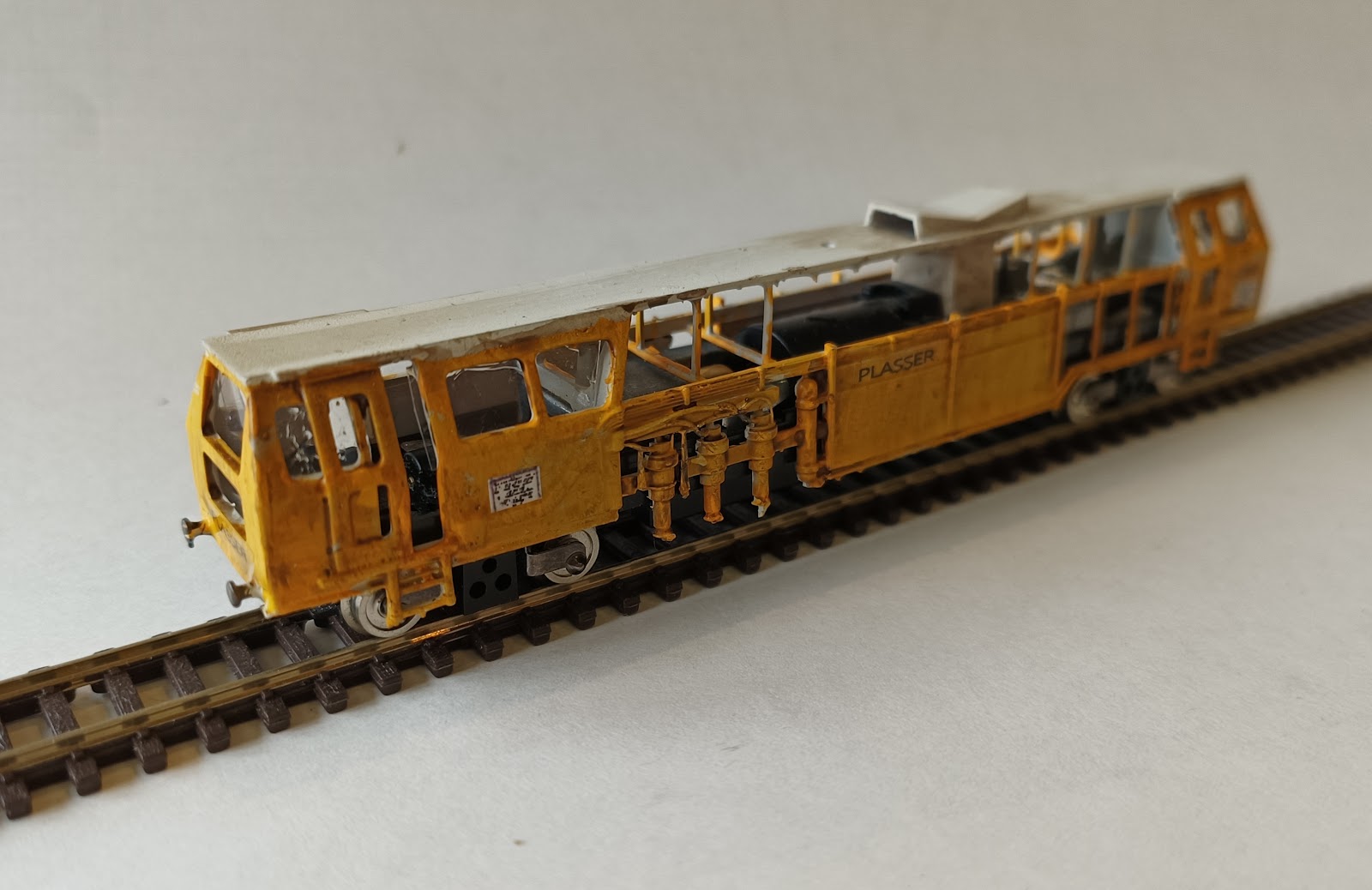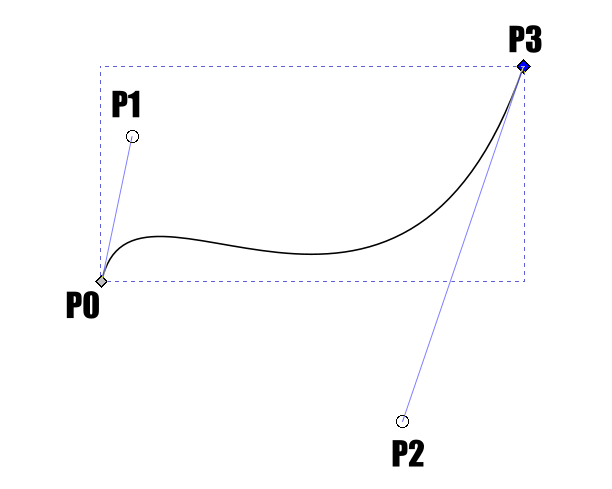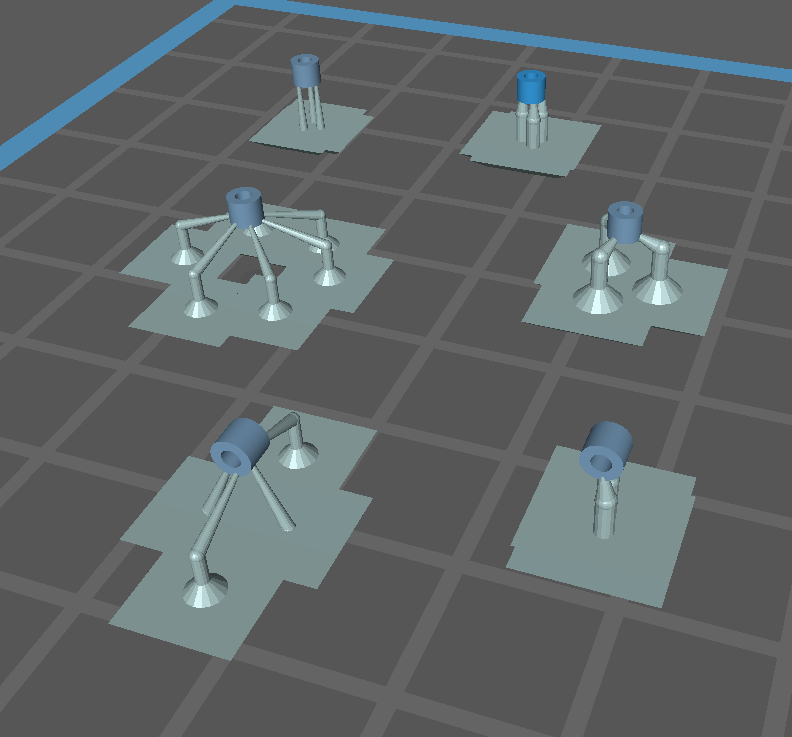Jeremiah Horrocks Observatory

I built this over a three-day weekend. It is fairly standard brick, the only novel feature being the dome, of course, which is based on a sphere, further decorated with cylinders. Prototype The Jeremiah Horrocks Observatory was built in 1927, and names after the so-called father of English astronomy, who was from near by Much Hoole (though Wiki tells me this is disputed). The opening coincided with a solar eclipse. The telescope inside is older, dating from 1860.





